Virtual tour Moldovan Hobbiton: The Bordei of Țîra, Rogojeni, and Roșietici
“Are these hobbit homes?” the children exclaimed excitedly.
Indeed, visiting Rogojeni, Țîra, and Roșietici, one might think that these places inspired Peter Jackson’s creation of Hobbiton from Tolkien’s “The Lord of the Rings.” Before us are semi-earth houses known as bordei (bordey, başka). Moldovan peasants in this region lived in such homes for centuries. According to some sources, these semi-earth houses were used here in the early Middle Ages and even earlier.
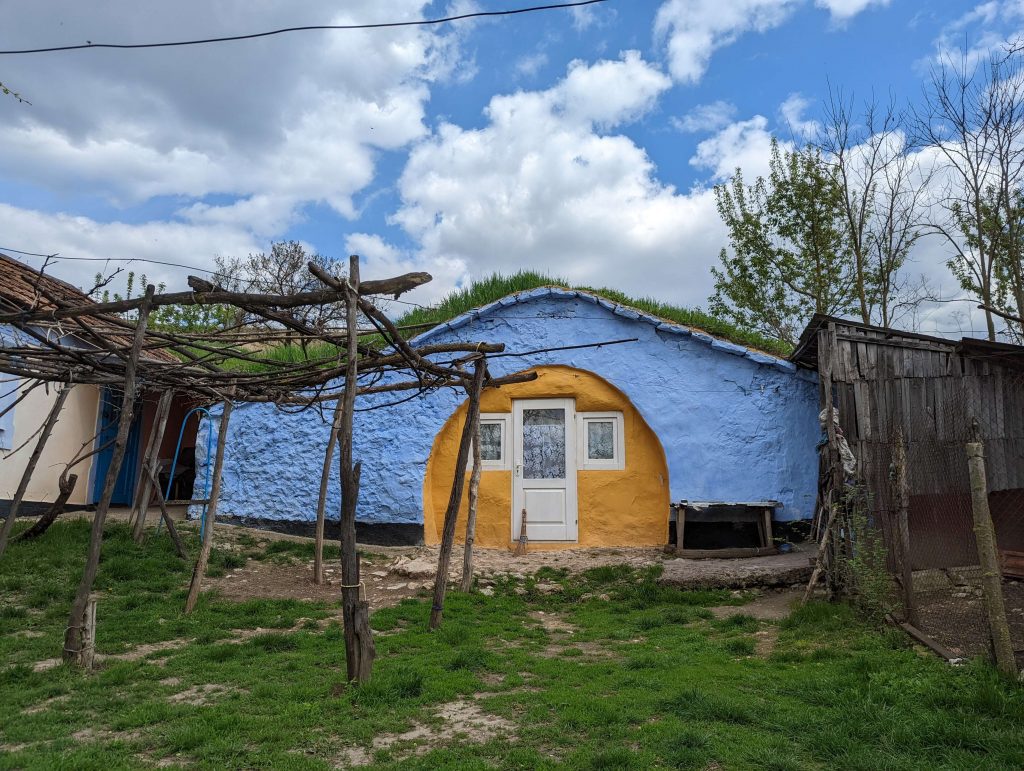
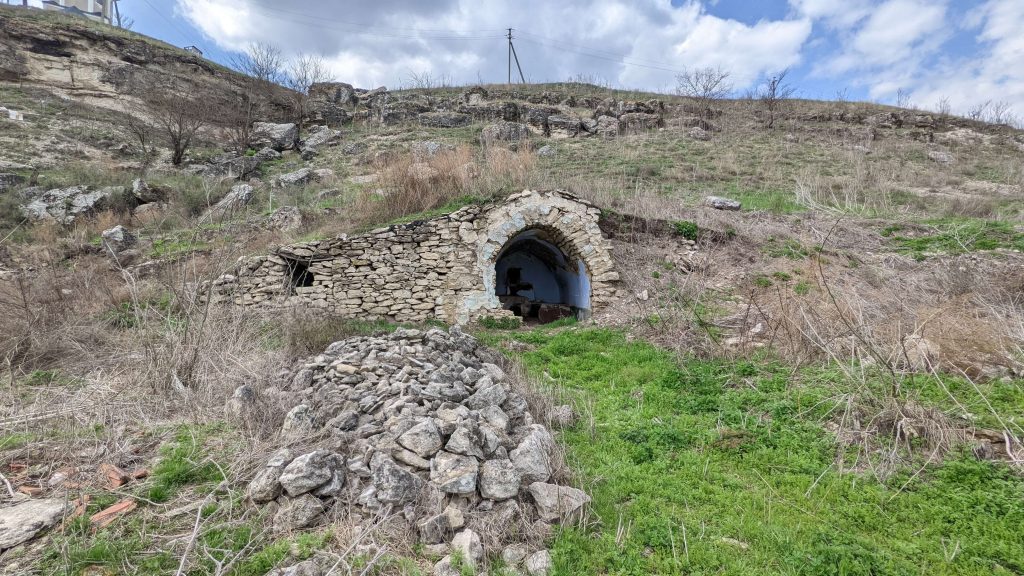
What led to such surprising popularity and continuity? The answer lies in the unique advantages of these homes. The rooms are dug into a hill or rocky slope, saving building materials. The walls and ceiling are constructed using the arched vault technique, which is reliable and efficient—there is no need for additional supports, and this technique does not require construction mortars to bind the stones.
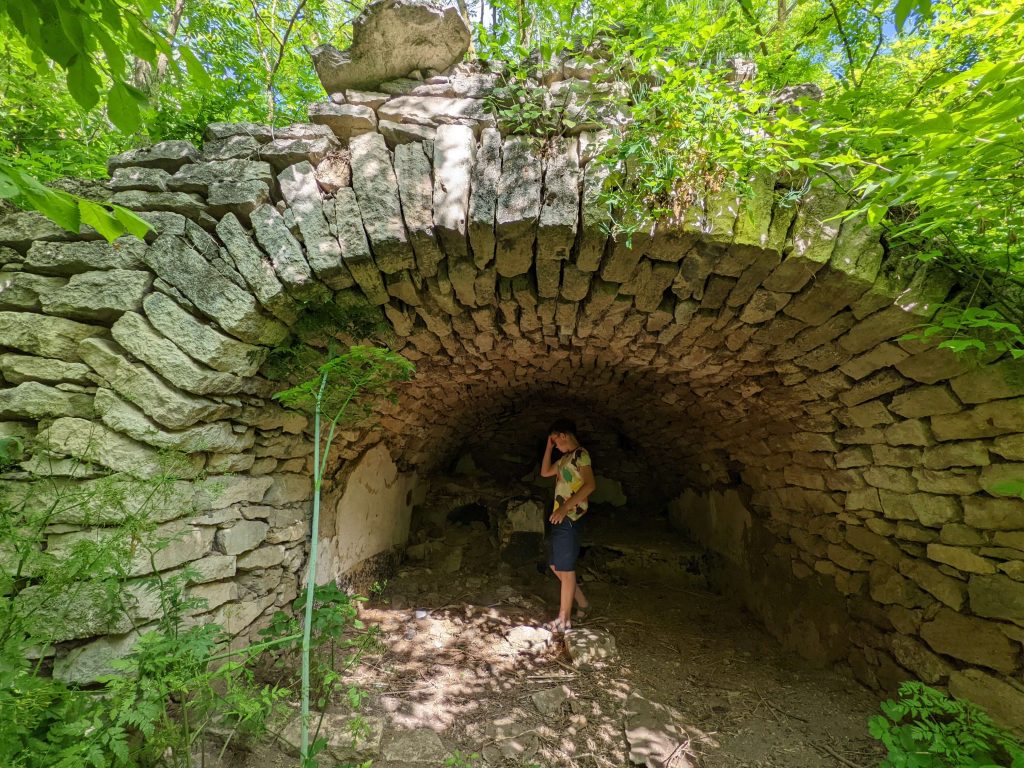
The radial ceiling, created using wedge-shaped stones, is significantly stronger and more durable than regular ceilings and walls. This allows one dwelling to serve several generations for centuries. Since the temperature inside the earth is relatively stable throughout the year (10-12°C), the adjoining house remains warm in winter (saving on heating) and cool in summer. As we can see, modern ecological principles were used by Moldovans long ago. Another undeniable advantage is the protection of the home from bad weather, earthquakes, and other dangers.
The başka contained everything necessary, including a stove for cooking and beds for all family members.
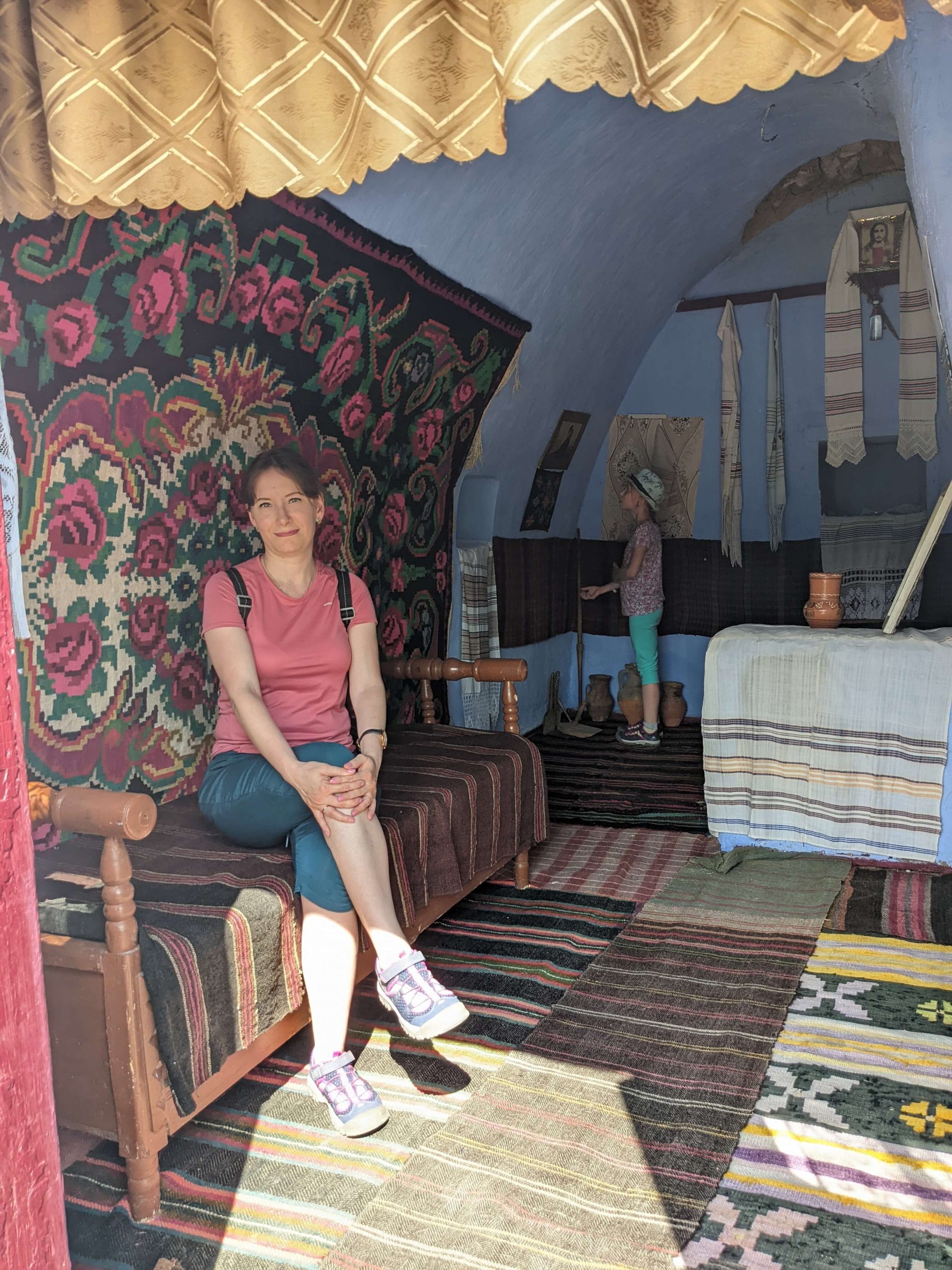
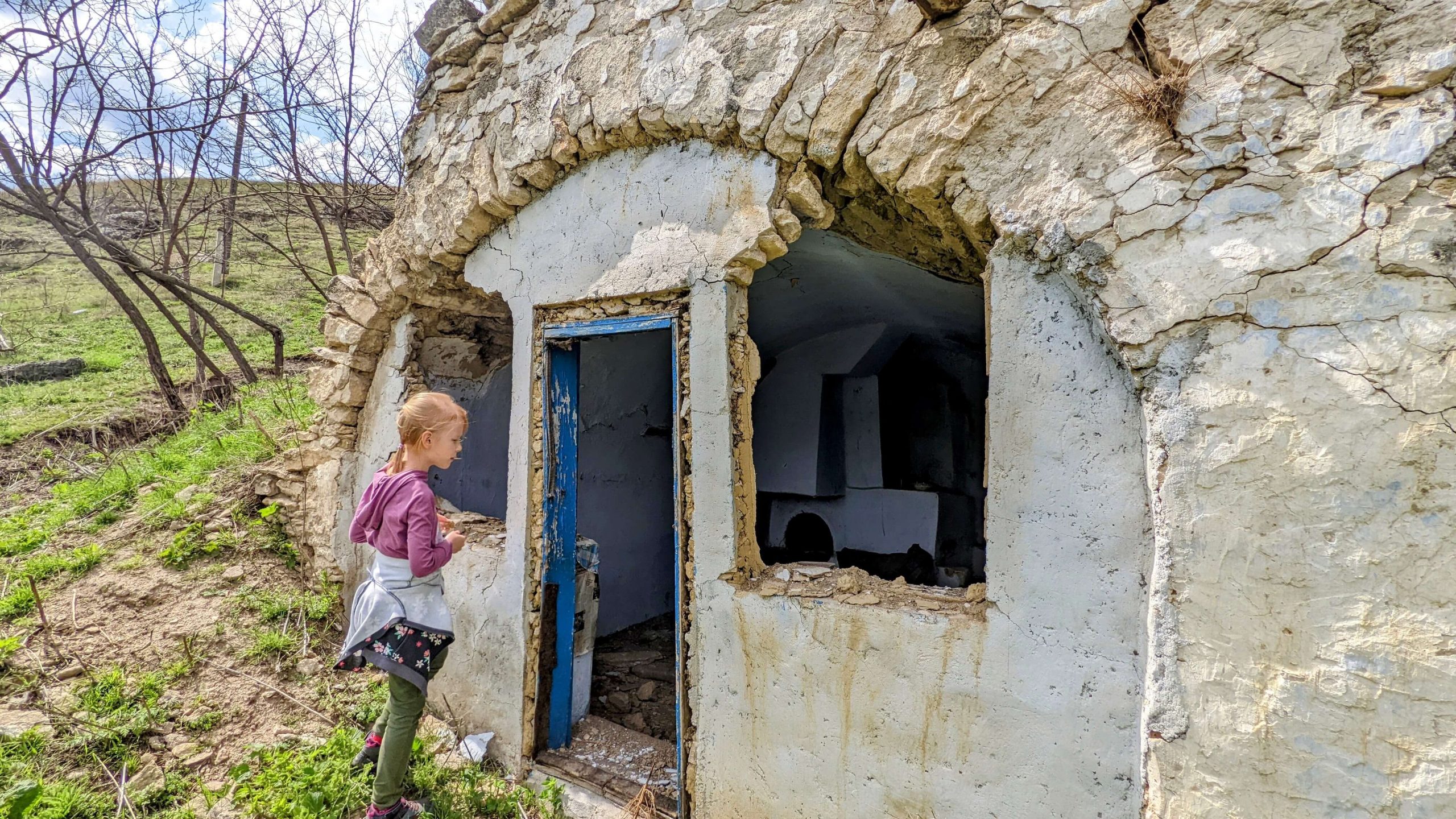
Traveling along the Răut River, we saw such dwellings in several villages! Some houses are almost entirely gone, but many have been carefully restored and continue to be used 🥰
We invite you to join us in touching the magic of the past.
Țîra
Țîra is a village in the Gândești commune, Florești district. The first documented mention of the village Țîra (under the name Țîrvic) dates back to 1437. The village is located 15 km from the town of Florești and 120 km from the municipality of Chișinău. The population is 261 people.
Roșietici Vechi
Roșietici Vechi is a village in the Roșietici commune, Florești district. It was first documented in 1486. The village of Roșietici Vechi is located at the mouth of the Soloneț River, a tributary of the Răut, 21 km from the town of Florești and 150 km from Chișinău. The population is 799 people.
Roșietici
Roșietici is a village and commune in the Florești district. The first documented mention of the village Roșietici dates back to 1614.
It is believed that the name of the village comes from the ancient custom of its residents wearing unusually wide red belts. The commune includes the villages of Roșietici Vechi, Roșietici, and Cenușa. The village of Roșietici is located 15 km from the town of Florești and 145 km from the municipality of Chișinău. The population is 656 people.
Rogojeni
Rogojeni is a village and the administrative center of the commune of the same name in the Șoldănești district.
The first documented evidence of the village Rogojeni dates back to July 23, 1623, when the ruler Ștefan Tomșa transferred several villages in the Soroca district, including Rogojeni on the Răut, to Manolache vamăș. The village was founded before this date, as it had a fish pond and a mill site on the Răut, and it belonged to the hatman Isac Baliș, who rebelled against Ștefan Tomșa, was killed in the battle at the Jijia River, and his properties were confiscated by the ruler.
The commune also includes the Rogojeni railway station. The village is located 35 km from the town of Șoldănești and 100 km from the municipality of Chișinău. The population is 261 people.
Cenușa
Cenușa is a village in the Roșietici commune, Florești district. The village is located on the right bank of the Răut River, 16 km from the town of Florești and 111 km from Chișinău. The village was first mentioned under the name Borodniceni in a document by Stephen the Great dated May 11, 1479, confirming that the ruler’s servant Ivashko Popovsky bought half of the village from Arman, the wife of Michael Lopatinsky.
The name Borodniceni was used until the early 19th century, but the name Cenușa also appeared in documents. In 1804, the village wooden church was consecrated. In 1817, a stone church dedicated to Saint Michael the Archangel was built in the village. In 1970, a treasure was found in the yard of one of the villagers—13 silver Polish and Dutch coins issued between 1587 and 1633.
Population: 935 people.





